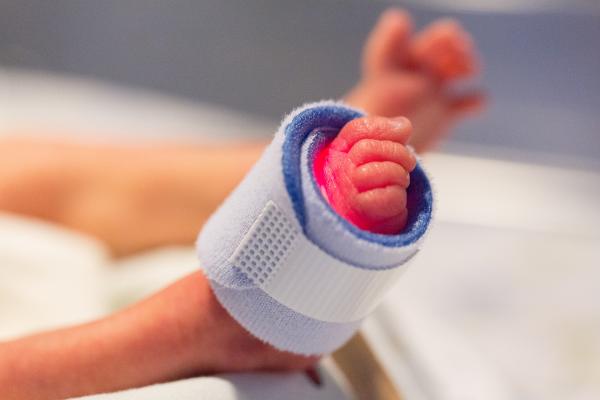The survival rates of the tiniest and sickest of babies have gone up by 20 per cent in Victoria since the 1990s, new evidence has shown.
The research, using evidence from the Victorian Infant Collaborative Study (VICS), led by the Royal Women’s Hospital, attributed it to advances in clinical practice, research and technology.
It found that extremely premature babies were kept on breathing support much longer than they did back in the 1990s.
This is the latest in a collection of VICS sub-studies contributing to state-wide guidelines for clinicians in providing care for extremely premature babies, due to be published in the coming months.
Lead author, and Royal Women’s Hospital neonatologist, Professor Jeanie Cheong, said it shows how successful and how far clinicians have come in caring for extremely premature babies.
“Data from the past 25 years has allowed us to look at how, over time, care has improved for Victoria’s youngest and most vulnerable patients – and survival rates have gone up,” she said.
“The introductions of technology such as nasal high flow – a non-invasive breathing treatment for babies – and the associated research by clinicians at the Women’s, mark major steps forward in neonatal care.
“At the Women’s we see more than 2,000 babies admitted to our neonatal intensive care unit and special care every year – these are the babies who are born too soon, too small or need additional care.
“Many of these families generously choose to be part of our research, and it’s with their help over the years that we are able to translate the findings into improved clinical care.”








